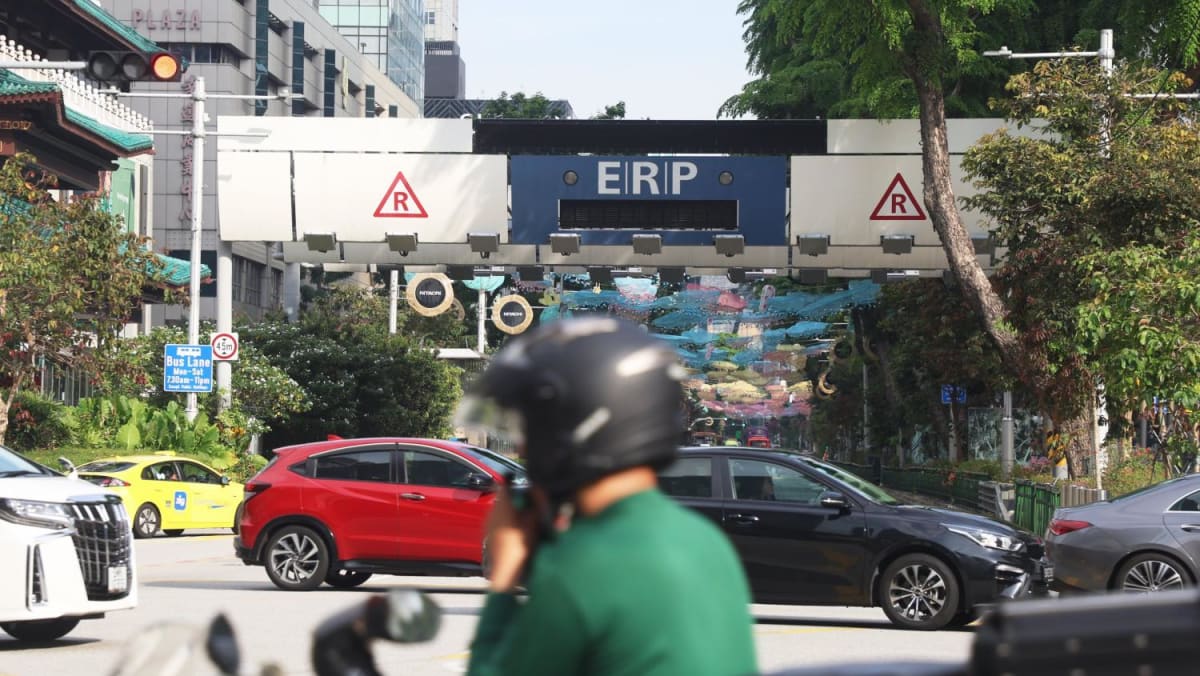
A P Gopinath Menon
ERP 1.0 has already gone through one upgrade, when IUs were revamped to facilitate the use of contactless cashcards.
However, it is unlikely that the outdated 1990s tech that forms the basis of the current ERP can go for another upgrade. In essence, the LTA is saying that it’s reached the end of its shelf life. Like any old equipment, it will also get increasingly expensive to maintain as spare parts become increasingly obsolescent.
Essentially, ERP 1.0 is on its way out. How then can ERP 2.0 be more effective at regulating road use and congestion?
The answer potentially lies in distance-based charging.
FAIRER, MORE EFFECTIVE
In road pricing, road space is treated as a commodity, like water and electricity. Vehicles pay charges for the use of roads when and where they cause congestion.
Therefore, compared to a system that imposes a flat charge on vehicles going under a gantry, charging for the distance travelled is a fairer and more effective method.
This model of “you only pay for what you consume” is akin to the distance-based fares now in place for MRT and bus rides. Keep in mind that when this new fare scheme was first introduced, there was initially widespread apprehension among Singaporeans that they will end up paying higher fares — but this was not so.
When ERP 1.0 was introduced in 1998, the technology to accurately charge for distance travelled was not available. Over the past two decades, such technology has become available using satellites orbiting the Earth. ERP 2.0, unlike its predecessor, has the ability of using such technology for distance-based, entry-based, or point-based charging.
But, as one may rightly point out, LTA has announced that it has no immediate plans to introduce distance-based charging under ERP 2.0.